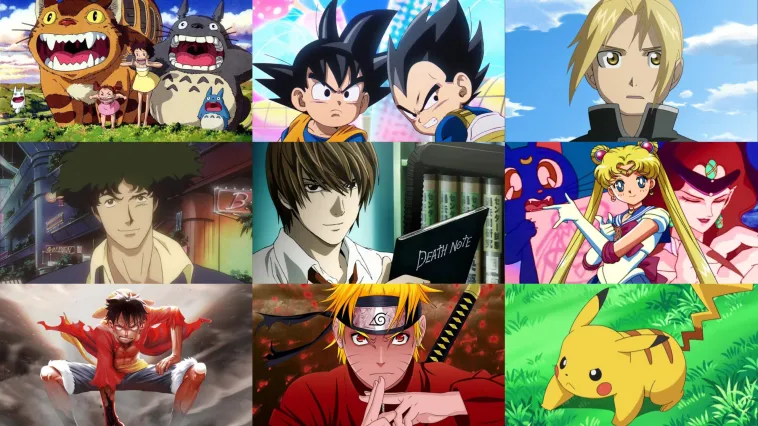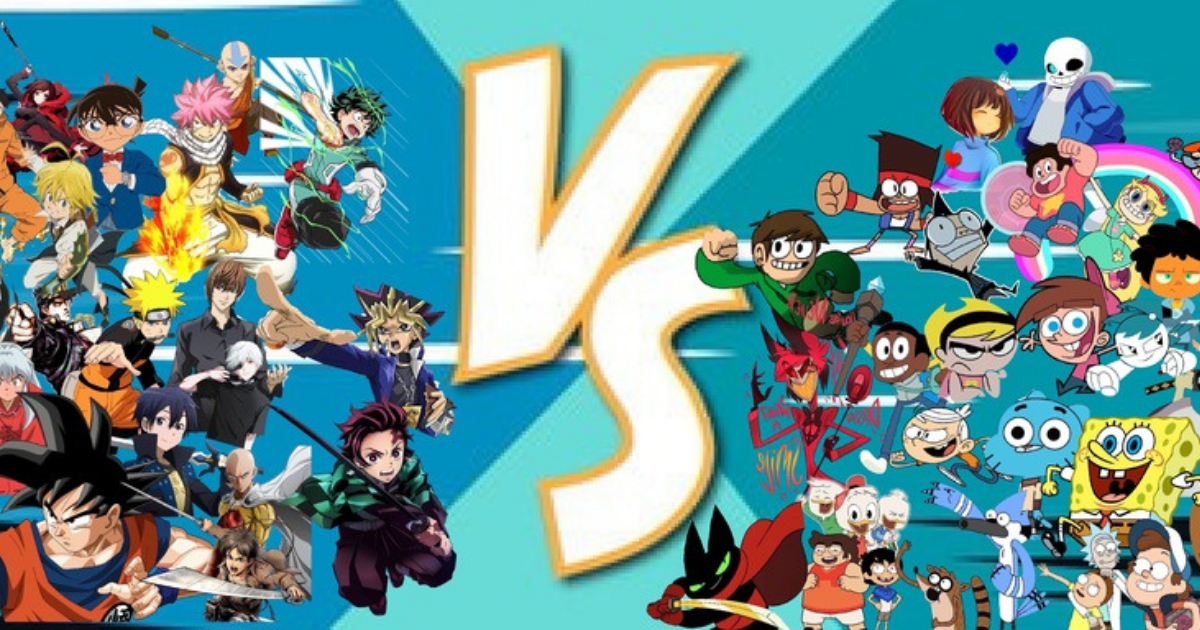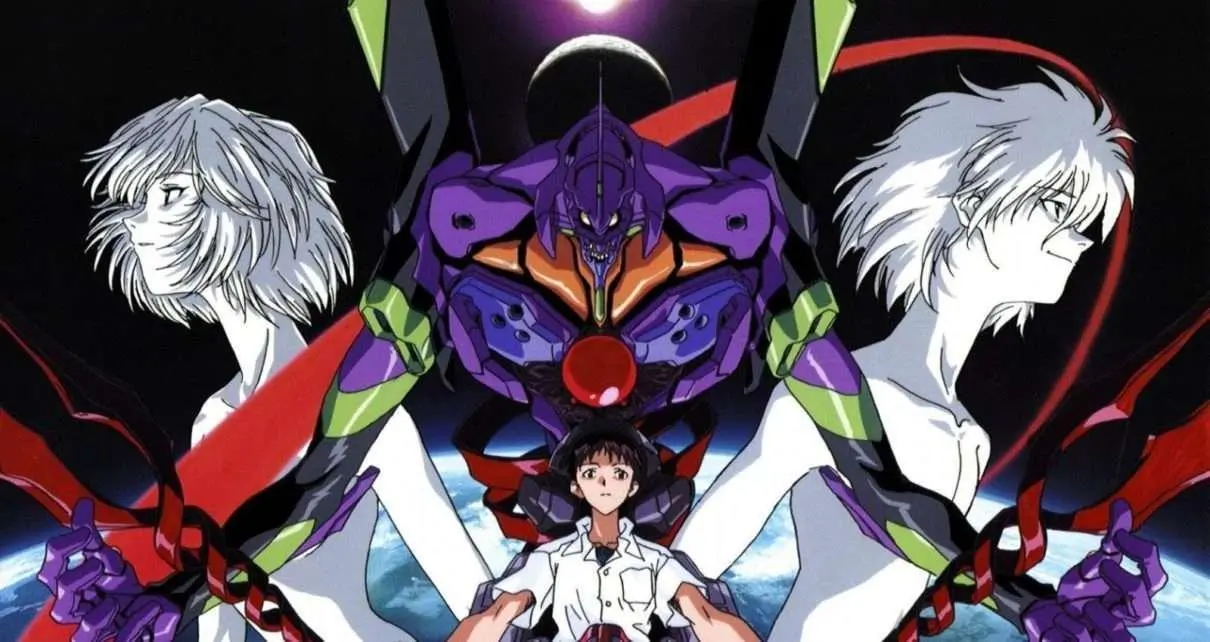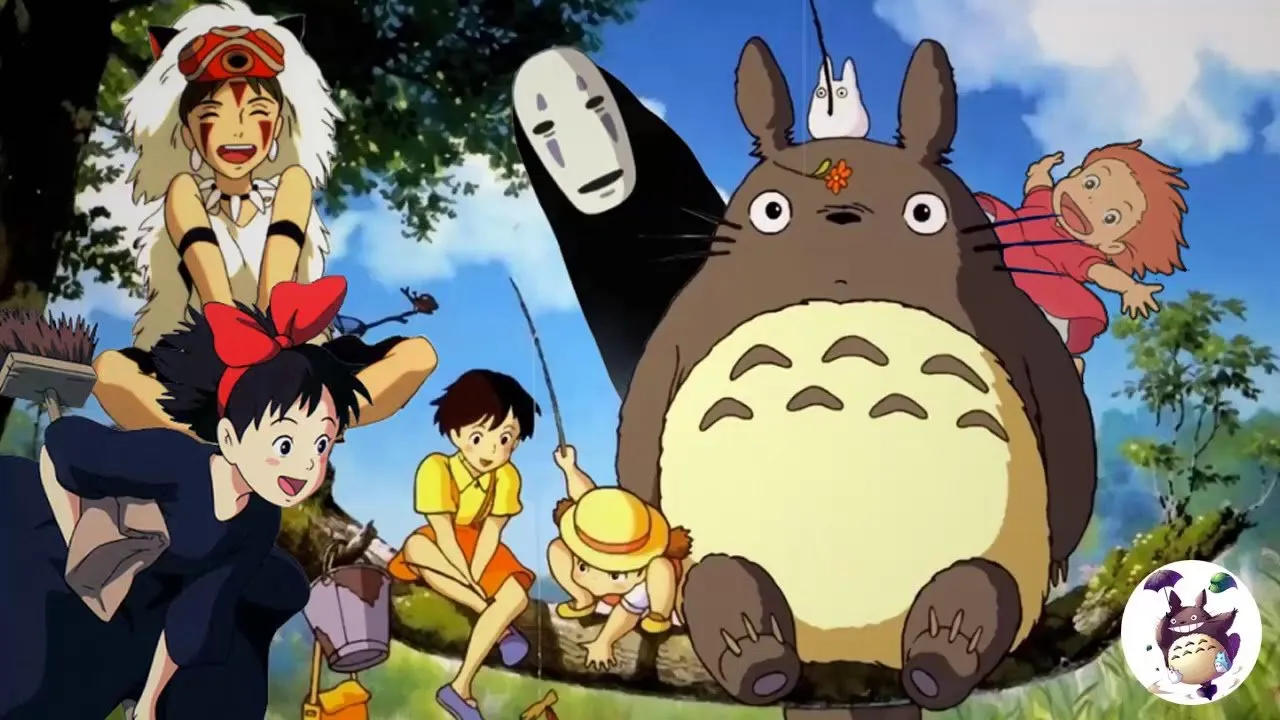What Makes Something Anime?
In recent years, anime has become a powerful cultural force around the globe. From blockbuster movies like Spirited Away to streaming series like Demon Slayer and Attack on Titan, anime has found audiences well beyond its Japanese origins. But as it continues to grow in popularity, a recurring question keeps surfacing: What makes something anime? And closely related, is anime considered a cartoon?

These questions may seem simple at first, but they tap into deeper conversations about culture, style, and identity in visual storytelling. Let’s unpack what truly defines anime—and what makes anime anime.
Is Anime Considered a Cartoon?
One of the most debated topics among fans and critics alike is whether anime should be considered a cartoon. The answer depends heavily on perspective.
In Japan, the word “anime” (アニメ) is simply short for “animation” and refers to all forms of animated media, regardless of origin. By this definition, The Simpsons and Frozen are as much anime as Naruto or One Piece.
However, outside of Japan—especially in the West—the word “anime” has come to mean a specific style of animated entertainment originating in Japan. In this context, the term is used to distinguish Japanese productions from Western “cartoons,” which are often seen as more comedic, child-oriented, or simplistic in storytelling.
So, is anime considered a cartoon? Technically, yes—anime is a form of cartoon, or animated media. But culturally and stylistically, anime is often viewed as a unique and separate category, thanks to its distinct aesthetics, themes, and storytelling traditions.
Visual and Artistic Style: What Makes Anime Unique?

When people ask what makes something anime, one of the first answers that comes up is visual style. Anime often stands out because of its distinctive character designs—big expressive eyes, exaggerated facial expressions, and highly detailed backgrounds.
But it’s not just about how characters look. The animation techniques in anime are different too. For instance, Japanese animators often use limited animation, focusing on strong key frames and detailed artwork rather than fluid movement. This contrasts with Western animation, which tends to prioritize smooth motion.
Color palettes in anime can vary from pastel and dreamy to deep and dramatic, often matching the mood of the story. The use of lighting, symbolic imagery, and creative camera angles also play a key role. These visual cues help shape anime into a visually expressive medium that’s easily distinguishable from most Western cartoons.
Themes and Storytelling: What Makes Anime Anime?
While visuals are important, they aren’t the only element that defines anime. A big part of what makes anime anime lies in the depth and diversity of its storytelling.
Anime often explores themes that are more complex, mature, or emotionally resonant than what is typically seen in Western cartoons. Topics such as existentialism, trauma, death, identity, social isolation, and even politics are common in anime aimed at older audiences.

For example, Neon Genesis Evangelion dives into psychological trauma and religious symbolism, while Death Note questions morality and justice. Even seemingly light-hearted anime like My Hero Academia or One Piece deal with themes of legacy, sacrifice, and the cost of power.
Another hallmark of anime storytelling is the use of long-form, serialized narratives. While Western cartoons often rely on episodic plots with little continuity, many anime series build complex worlds over multiple episodes—or even seasons—allowing for deeper character development and narrative arcs.
This kind of storytelling is one reason anime appeals to all age groups. There’s anime for kids (Pokémon), teens (Naruto), and adults (Monster, Berserk), often classified into demographic categories like shonen, shojo, seinen, and josei.
Cultural and Production Origins: Does It Have to Be Japanese?
Another important factor in answering what makes something anime is its country of origin. Most purists agree that to be considered anime, a show must be produced in Japan or by Japanese creators, or at least heavily influenced by Japanese culture.
Anime is deeply intertwined with Japanese societal values, language, and traditions. Even in fantastical settings, many anime feature Japanese cultural elements—school uniforms, honorifics, festivals, or historical references—that ground them in a specific cultural context.
Furthermore, anime is often based on manga, Japanese graphic novels that have a long tradition and influence the pacing and structure of many anime series. The production process, voice acting, and animation studios (like Studio Ghibli, Toei, or Kyoto Animation) are also part of the anime ecosystem.
That said, the global appeal of anime has inspired anime-influenced works from other countries. Shows like Avatar: The Last Airbender, The Boondocks, and Castlevania are sometimes labeled as “anime” because they adopt similar aesthetics or storytelling techniques. But whether they truly are anime is still hotly debated.

Anime-Inspired Works: Where Do We Draw the Line?
With the growing number of non-Japanese shows mimicking anime’s style, the boundaries are becoming increasingly blurred. Can something be anime just because it looks like it?
This question brings us back to our core idea: what makes anime anime? Is it the art style, the narrative approach, or the cultural origin? Most fans and scholars argue that all three play a role—but origin may be the most defining characteristic.
Think of it this way: A spaghetti western made in Italy is still a western, but it’s understood to be a variation of the American genre. Similarly, anime-inspired content made outside Japan can be considered part of a larger “anime-influenced animation” category, but not strictly anime itself.
Conclusion: Anime as a Cultural Identity
So, what makes something anime? It’s not just the big eyes, flashy fights, or vibrant colors. Anime is defined by a fusion of visual style, narrative depth, cultural identity, and production origin.
While it’s technically accurate to say anime is a form of cartoon, that label doesn’t capture its full meaning. Anime is not just a style of animation—it’s a cultural phenomenon with roots in Japanese history, aesthetics, and storytelling traditions.
As anime continues to influence global media, it’s important to appreciate both the uniqueness of anime and the diversity of animation worldwide. Whether you’re watching a classic Studio Ghibli film or an anime-inspired series from the West, what matters most is the story, the art, and the emotional impact.
That’s why fans often want to “be part of” anime — not just watch it.
And now… you actually can.
Ready to Become an Anime Character?
Choose your favorite style — shōnen, kawaii, fantasy, romantic, or fully custom.
Our artists turn your photos into expressive, high-quality anime art you’ll love forever.
